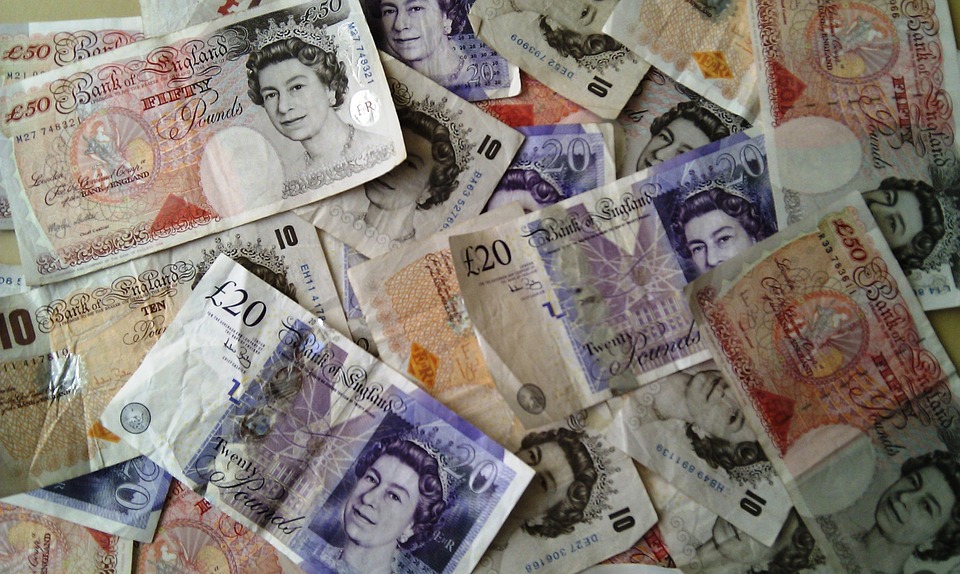What Brexit could mean in Sterling terms

Brexit is not the base scenario for many analysts. But it is worth to have a look on what could happen and how much the pound could devalue, just in case.
The last months have been hard for the British pound. Since November, Sterling has weakened by around 8% on a trade-weighted basis. More than one reason explains the devaluation: the BoE becoming more dovish, the Ecb disappointing markets in December, the Fed hiking rates, China slowing down and, last but not least, Brexit. Also if the Great Britain saying goodbye to European Union is not, currently, the central scenario for the majority of analysts, at Goldman Sachs they started wondering what could be the outcomes for the Sterling.
“An abrupt and total interruption to incoming capital flows in response to Brexit could see the British Pound decline as much as 15-20% – explains the report -. So far, the declines are consistent with the declines in UK rates and the global risk backdrop, but some signs of a Brexit risk premium are appearing. Nevertheless, our base case assumes the UK will remain in the EU, and that cyclical strength should eventually re-send EUR/GBP back below 0,70. We forecast EUR/GBP at 0,68 and GBP/USD at 1,40 in 12 months”.
Where Great Britain is not so great
It was Mark Carney (BoE) the last one to point his finger to the UK’s current account deficit at 3,7% of GDP. It has improved but not yet enough. “A vote for the UK to exit from the EU is an event that would increase uncertainty, weigh on the UK outlook and raise concerns of foreign investors, potentially interrupting the flow of capital to the UK” the very same flow that, with Carney’s words, foreigners kindly supply to the UK. “When we impose – keeps on the report – a full closure of the current account via the exchange rate (rather than domestic demand) from the latest available level of 3.7% of GDP, our rough estimates would imply a drop in the trade-weighted GBP of 15-20%. If the move was uniform across currency pairs, this would take GBP/USD to around 1,15-1,20 and EUR/GBP to around 0,90-0,95. This could be smaller if there was a larger adjustment in UK domestic demand. But, in our framework, a decline of 2% in domestic demand would still see close to a 15% drop in the GBP to close the current account deficit”.

